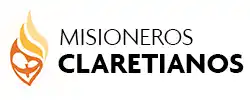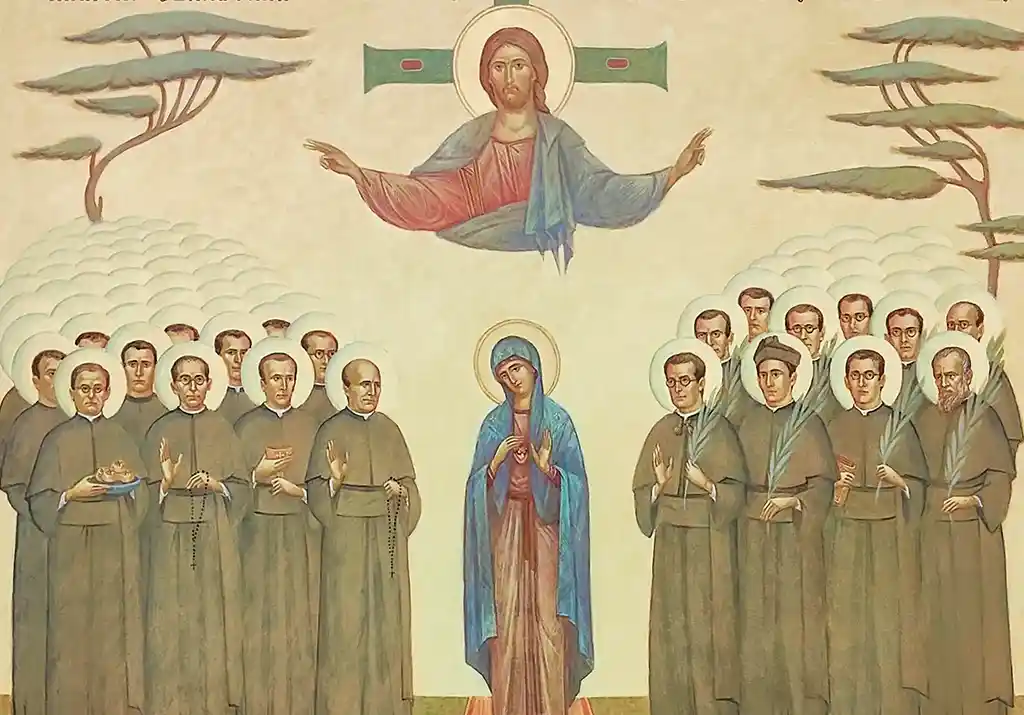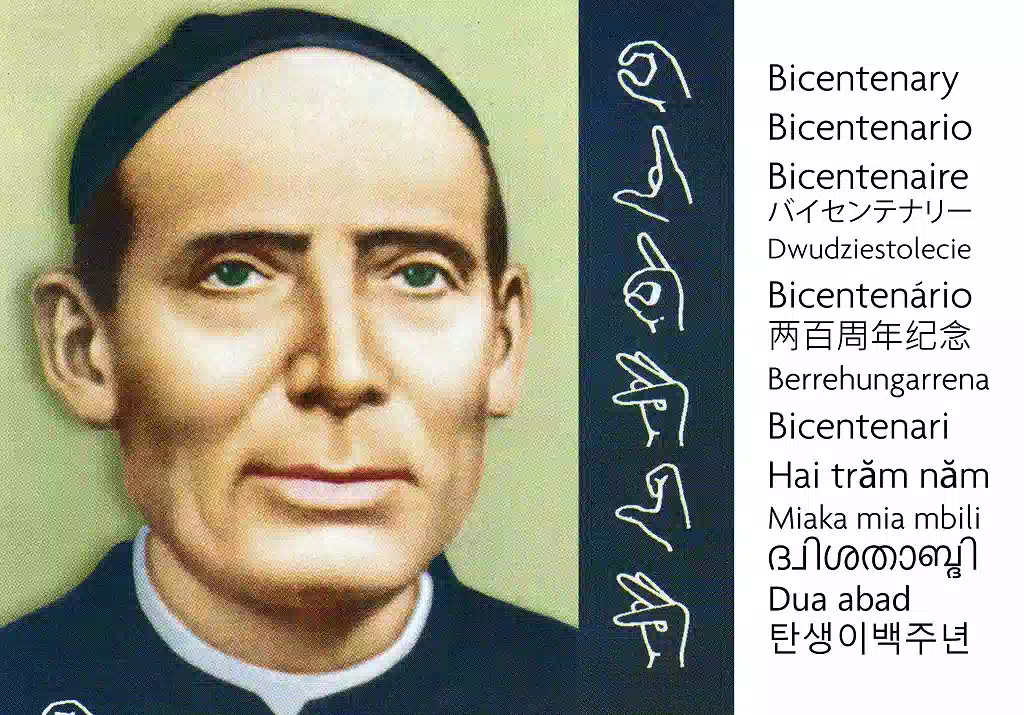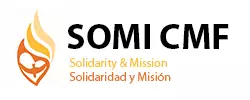Chile. Our Mother Nature already tired, already furious and even sad, enduring and suffering everything, early Saturday morning settled down on her tectonic plates and told us, in a rather unusual way, that in this country there are Chilean men and women who have never been, who never are and will never be, but have only been occupying a place there in the map until they have been recognized thanks to a fatal earthquake that shook the center south of Chile as one who shakes the dandruff off one’s shoulder. Sorrow has perpetuated itself in the heart of so many compatriots who in a matter of two and a half minutes lost their beloved ones or whom, a few minutes later, the sea and its great waves took away to still unknown places. Inexplicably hunger has been renewed as never before in Chile, when the levels of economic growth show the opposite.
In addition, misery has been the evident product not of the natural earthquake but of the ethical and even moral one of some unnamable persons who, taking advantage of the panic, gave free rein to wicked instincts and dedicated themselves to ransack business, stores, firemen, supermarkets, kindergartens, schools, public buildings and particular homes. “Delinquents” in the parlance of authority, “lumpen” according to sociology, however the facts show that doctors, directors, professors and all kinds of tied professionals of upper-middle class changed colour with a never seen ease and disposition to share the view with pillage, sensing the adrenaline flow as they committed the crime that grants impunity in this country. In this way, the pillage is no longer the responsibility of the action of marginalized citizens, but is the result of a sickly and weak society that is controlled by 14 thousand military men riding amphibian vehicles during curfew time.
This has been one of the immediate conclusions we arrived at when we were sent by our Major Superior Fr. Agustín Cabré, cmf to go for three days round the Chilean regions most devastated by the earthquake, carrying some aid in medicines, supplies and especially water. We saw, for example, how complex and cracked rout 5 was, the collapse caused by bridges and walkways that were damaged between Santiago and Malleco. Collapsed and, in many cases, ransacked service centres. The time allowed us also to know our pastoral units, to greet and offer a firm and strong embrace to the pastoral agent who suffered in his/her soul the same sorrows of our Claretian brother missionaries.
We were shaken when we saw the level of destruction in Curicó. The glorious shrine of El Carmen, centre of pastoral life and popular religiosity, is hanging by a thread: the structure of its walls is not sufficient to support the weight and size of the vault and the nave; the apse and main altar simply do not exist; much less the sacristy. The parish and its pastoral halls, recently renovated, are cracked: what was one day a place of encounters, of communities, of solidarity and catechetical formation, what was the dining room of needy students now is threatened by collapse. We are concerned at seeing one of the walls of the temple with an evident lean that threatens to fall down towards the house of the Claretian community. The tower, seen from a great distance, seems a latent threat for pedestrians and adjacent houses. Our brother Pepe Abarza, cmf with tears, uncertainties and sobs, when he saw us embraced us as brothers of the same Mother. She, in her image and title name of Mount Carmel, was rescued by all and transferred to the garden of the parochial offices, from where she continues presiding over the life of her beloved land of Curicó. In that place the image is greeted by thousands of pilgrims coming from different places in the city, who are moved when they see it far from its usual lar.
In addition to knowing the situation of our missionary position, Curicó in general –and its surroundings- was razed to the ground: the civic and social centre, its buildings, lands and particular houses collapsed. The damage is great. All the churches of the city were affected, with open cracks. The hospital will soon be replaced and it will be necessary to cut the city water to begin the work. Thank God the supplies slowly have started to arrive; however, official voices ask for the presence of military contingent and state of siege as precautionary measure in view of the eventual (perhaps already existent) ransacks, violence and pillages. The tidal wave with the sequence of three Tsunami waves razed to the ground the coast from Iloca to Constitución until 06 am.
The view of Curicó is repeated a little more to the south in Talca, perhaps more violently and with a magnitude of 8,8 degrees in the Richter scale. Talca is a university centre and capital for many rural and Andean foothill towns. The earlier patronal house, the house with adobe walls, is today suspended in the air as dust shaken with the broom of the peasant woman while she bakes the bread and serves at the table. The Heart of Mary temple, former missionary post, shows structural damages in the tower, façade and side walls. At present it is closed and cordoned off, waiting for a specialized evaluation.
In Talca we also visited close relatives of Mario Gutiérrez, cmf and with them we shared the ups and downs of the seismic event, we evaluated the day, listened to the latest reports in an old radio, by candlelight, and we were able to sleep with frequent starts in the midst of so many replicas.
In the morning of Monday, March 01, our trip brought us to Linares. In its streets, the mutual recognition with the pastoral agent, the strong embrace and the word of encouragement and hope shook us to the heart. There we gave food to a couple of families, while people, dismayed, approached to photograph and film the tower of the huge temple, which is hanging over the parish office, held up only by the steel beams that form the internal skeleton of such a big construction. We know that the towers were an addition to the original design of the temple and we also know that another tremor will end up demolishing it. The parochial house, today university headquarters, has obvious damages in the façade, cornice and wall in the San Martin Street. In the parochial land or courtyard there are minor and reparable damages. The interior of the temple, today closed to visits and worship, had a serious fall in the presbytery and main altar. There are cracks and falls of the roof in the sector of the apse that are visible, for example, from the Valentín Letelier Street. As of now, there are plans of bringing down the image of the Heart of Mary from the Main Altar, in order to protect it from future detachments. Thus, after several turns and shortcuts we were able to go around what is the civic centre of Linares (only passable by foot). There we were able to see the slides at the base of the only tower of the Cathedral. Other emblematic buildings like the church of the Salesians and other still modern buildings gave way while hundreds of people gathered in the streets were trying to recover and find consolation in the narration of the neighboring persons, and in their own questions.
Going out of Linares we found fuel with relative ease. We knew that our next stop, Concepción, would be uncertain, as far as fuel is concerned. But rather, we were able to establish communication with Carlos Vargas, cmf, in Niebla. He told us that for the moment he only lives the effects of panic and fright, that he is all right, trying to encourage the Christian community which, among other things, has to its credit the biggest earthquake and seaquake ever registered in the history of mankind.
Calm because of the news given by Carlos, we continued our trip toward the zone of the disaster: Concepción. Between kilometers 340 to 360 of route 5 south, we had to dodge cracks, detours, shortcuts and a maximum of potholes in the way that anticipated not a dream postcard, but the ravings of Mother Earth when it decides to move. Thanks to Bío Bío Radio, we learned of the detour in Parral and San Carlos, and of the state of Itata, name of the road that would bring us to our destination.
We think it unnecessary to narrate what we saw, experienced and suffered in our own flesh in these lands of the great Bío Bío. It would be going deeper into the suffering of many Chilean men and women. The national and international means have already published, for good and, at times, for evil, wide information about the violent facts that took place in Concepción, Talcahuano, Coronel, Lota, Curanilahue, Los Álamos and Cañete. Yes, it is certain that the earthquake and the seaquake of last Saturday dawn were followed by another earthquake as lethal as the first one: the ethical and moral earthquake that dominated these lands (some of it we anticipated at the beginning of this writing). And in spite of the bad diagnosis and prognosis of the authorities of our country we all have a gigantic debt with thousands of compatriots, victims of the earthquake and of violence.
This is the zone of the country that we have covered in three days, sent by our Major Superior. This is a kind of open wound where the economic indices that are published nourish ever more the existing social inequities. Doubtless what has fallen must be raised and obviously the country must be reconstructed, but at the same time it is necessary to lift the education and civic respect of our people which have given clear signs of being at rock bottom. Only thus shall we be able to embody in the conscience of our people the just reason against the worst of crimes, that is hunger and abandonment; only thus shall we be able to reclaim the freedom to feel ourselves as sons and daughters proud to live in Chilean land and only thus shall we be able to ask God the Father, in his Son Jesus that, in spite of the stolen time, it is possible to recover our good sense and restore the right to live in peace, because “if you are capable of trembling with indignation each time an injustice is committed in the world, then we are fellows, which is the most important thing” (commander Ché Guevara).
Claretians Mario Gutiérrez & Pedro Rojas








